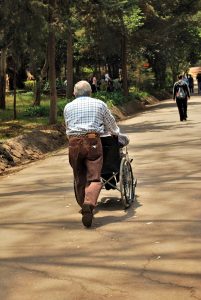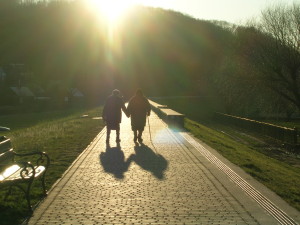 Oceanside nursing home residents and their families should consider learning more about therapy animals and how they could help to improve the general health and quality of life for seniors who reside in nursing homes and assisted-living facilities in Southern California. According to a recent article in U-T San Diego, animal therapy is becoming more prominent in California and throughout the country, more residents in long-term care facilities are considering the benefits of therapy animals. An article in Psychology Today discusses a recent study that addresses the impact of therapy dogs in nursing homes and the question of whether they could help to improve the emotional health of seniors in these facilities.
Oceanside nursing home residents and their families should consider learning more about therapy animals and how they could help to improve the general health and quality of life for seniors who reside in nursing homes and assisted-living facilities in Southern California. According to a recent article in U-T San Diego, animal therapy is becoming more prominent in California and throughout the country, more residents in long-term care facilities are considering the benefits of therapy animals. An article in Psychology Today discusses a recent study that addresses the impact of therapy dogs in nursing homes and the question of whether they could help to improve the emotional health of seniors in these facilities.
It is important to raise public awareness about issues concerning nursing home abuse and neglect in order to prevent such incidents from happening. At the same time, seniors who reside in these facilities need to be in good emotional and psychological health in order to engage in self-care, and to have the strength to report incidents of abuse or neglect when they arise. In addition, when seniors are subject to nursing home abuse, they need strong immune systems to fight injuries. Emotional and psychological health impacts physical health and the immune system—when one falters, the other can, too. Can therapy animals have this effect?
Animals Visitation Programs and Therapy Dogs in Long-Term Care Settings
 Southern California Nursing Home Abuse Lawyer Blog
Southern California Nursing Home Abuse Lawyer Blog

















